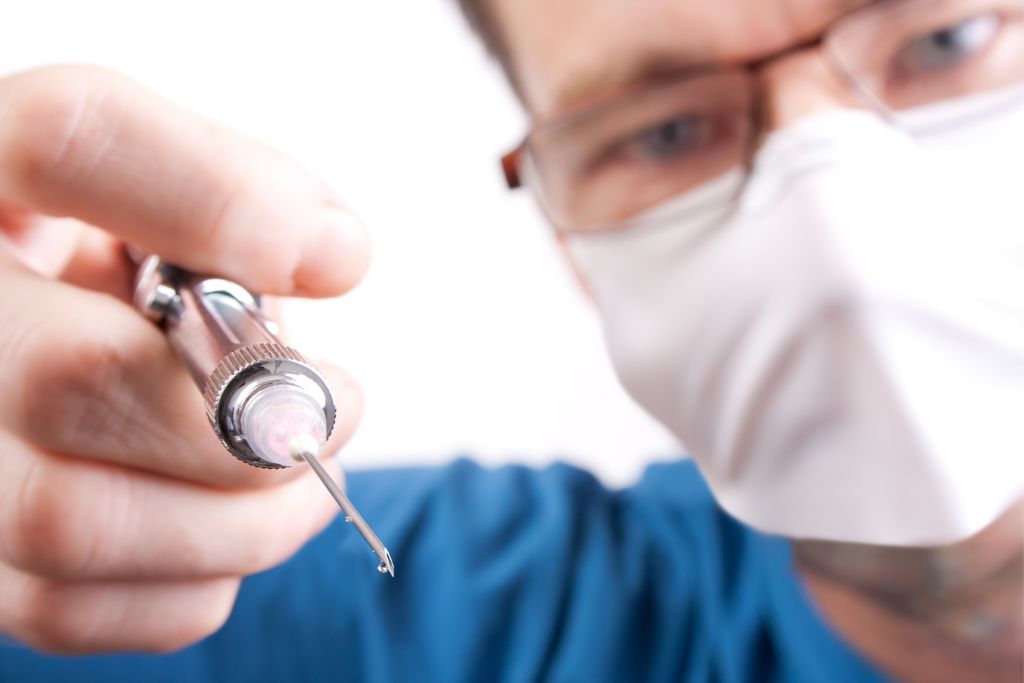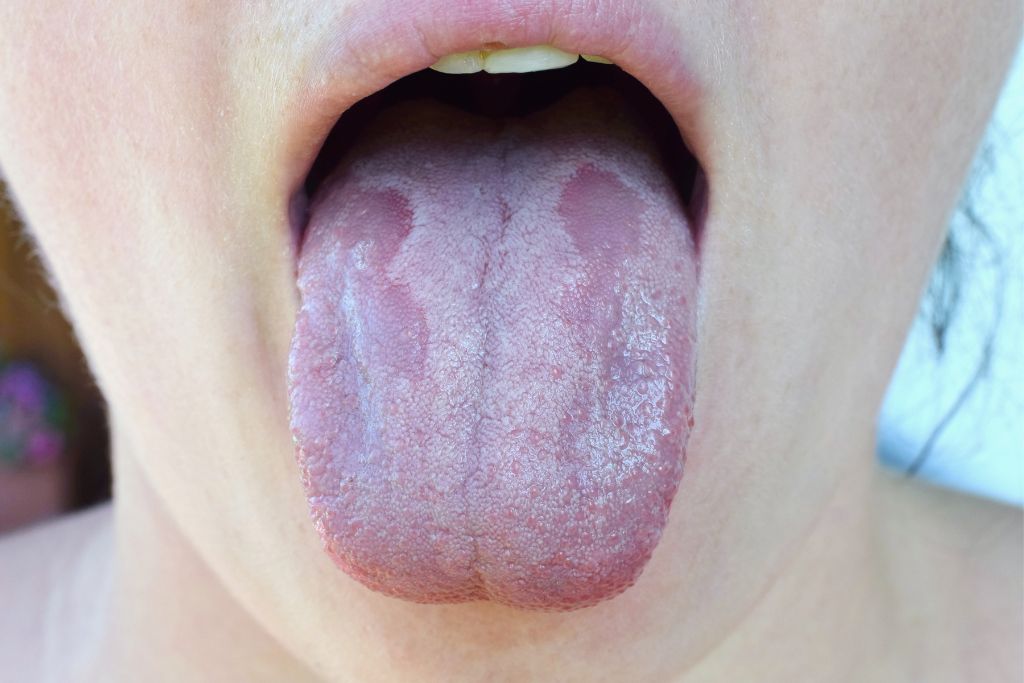Whether you have recently had a wisdom tooth extracted or you have decided to undergo the procedure, there are several things that you will need to keep in mind. These include the type of anesthesia used, the type of follow-up appointments you will have, and what side effects you may experience.
Local anesthesia vs sedation
Getting your wisdom tooth removed can be a simple process, but it can be painful. Depending on your oral health, you may need to undergo sedation to reduce the pain.
The type of anesthetic used will depend on your pain tolerance and your doctor’s recommendation. Some people have no trouble with the procedure and don’t need sedation, but if you experience anxiety or struggle with needles, you may need a higher level of sedation.
There are two basic types of sedation: local anesthesia and IV sedation. Each is designed to reduce anxiety. A local anesthetic blocks pain transmission from the nerve to the central nervous system, while IV sedation produces deeper anesthesia that can put the patient to sleep.

Local anesthesia is often used for simpler procedures, like removing a tooth. In cases of more complex surgery, an IV sedative may be used. IV sedation moves the sedative through the veins quickly, allowing for short but effective sedation.
Local anesthesia is usually administered through a shot. The local anesthetic numbs the area around the tooth and gums, as well as the area of surgery. The shot may last for a few hours or as long as thirty minutes.
Most of the time, a sedative is given through an intravenous catheter, and the person is only half awake. This type of sedation produces deeper anesthesia, but the patient will not remember much of the procedure.
Common side effects
Patients may feel some common side effects during and after a procedure to remove their wisdom teeth. These may include pain, swelling, bruising, and nausea. It is important to report any signs of these side effects to your dentist or oral surgeon.
Pain and swelling can occur around the mouth after a wisdom tooth extraction. A dentist may recommend using pain relievers such as ibuprofen or acetaminophen. A moist heating pack may also help to reduce the swelling.
Nausea can last for up to two days after a wisdom tooth removal procedure. Nausea can be reduced by eating before taking pain medications. Other ways to reduce nausea include taking garlic, honey, licorice root, or chamomile tea.

A common complication after wisdom tooth removal is a dry socket. This condition is caused by the dislodgement of blood clots in the empty socket of the tooth. The symptoms include intense throbbing pain, an unpleasant taste and smell, and a loss of sensation in the affected area.
A dry socket may also extend the healing period to up to two weeks. It is most common in smokers and people who take birth control pills. A dentist may prescribe antibiotics to treat an infection.
Numbness in the mouth is not a common side effect. The condition may indicate nerve inflammation in the jaw. Numbness may last for a month or longer.
Follow-up appointments
During a wisdom tooth removal, you may need follow-up appointments to monitor your recovery. It may take a few weeks for your mouth to heal properly, and the dentist will check for any signs of infection. They will also check your dentures to ensure they fit well and that they are comfortable.
The dentist can also tell if you have a secondary infection. This could be caused by the bruising of nerves during the surgery. It is common for patients to feel some sensitivity or soreness in their mouth. However, most people experience little or no pain after tooth removal.

In fact, most patients are able to brush and floss their teeth and enjoy a normal diet after three to four days. However, you should avoid eating hard, crunchy, and spicy foods during this time. This is because these foods can dislodge a blood clot. You should also avoid drinking through a straw.
It’s also important to follow your dentist’s instructions to prevent secondary infection. You may need antibiotics. You can also use ibuprofen to relieve the pain.
You may also experience a dry socket. A dry socket occurs when a blood clot breaks down or dislodges. Your dentist may need to place a medicated dressing in the socket to help relieve the pain.
Final Words
If you have a wisdom tooth removed, it is important to follow the same precautions as if you had a regular tooth extraction.

You may need to visit the dentist several times a week during the first few weeks after surgery to ensure that your period doesn’t start until after the surgery is over. And make sure to drink plenty of water and eat low-fat foods until you’re feeling better.









